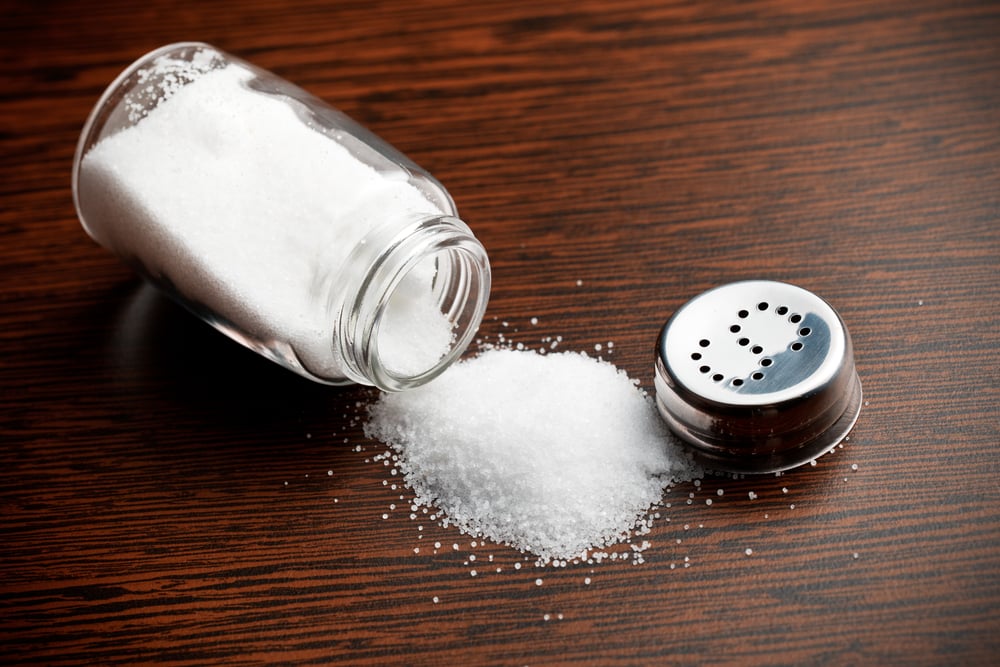
Salt is found in various forms and you get salt from the depth of the sea, or there are also some other sources such as rock salt that you can use for a wide range of applications. Salt is used ever since known history can take you back and there have been several usages that have been discovered for the salt. Yet, the distinct taste of salt that you get to enjoy especially with the meat and some of the other recipes have made its space in the world of cooking and for a wide range of dishes, in fact, it wouldn’t be wrong to say that in almost all the dishes salt is used as a taste-enhancing element.
However, salt has also been used for food preservation and a number of other similar applications in the past and is still considered to be one of the most useful preservatives that you can possibly get your hands on. There are various forms of salt that are commercially available out there today in the market and you just need to ensure that you are picking the right one among them that is treated according to the needs you could be having. Canning salt and table salt are two of the most commonly used types of salts and salient differences between these two are:
Canning Salt vs Table Salt
Canning Salt
Canning salt is the salt that is most of the time used to preserve the canned food and ensure that the taste, aroma, and texture you get on the preserved food are kept intact most of the time. Not only the canning salt is one of the best and most natural solutions that you can get to ensure you can preserve the food in the right manner, but it is also one of the oldest ways for food preservation and goes beyond the civilized history of the world at the same time. While it has tons of benefits that you can get, the thing you need to know about canning salt most importantly is that it is the purest form of salt that you can get and has no additives on it at all. That means, there will be lesser sediment at the end of your canning salt, and it might not taste as sharp as the table salt or rock salt.
If you are looking for some salt options that are not as strong and can get the job done for you, you can also add the canning salt to your food, but the primary applications remain food preservation and keeping it in optimal condition for consumption for the canning salt. You might also find it to have a bit rough texture and is the best thing that you can get your hands on for pickling as well.
Table Salt
Table salt is somehow the lowest quality of salt that you can get or in better words, it is not the purest form of salt. Table salt has to go through a lot of processing in order to reach you and all that processing includes bleaching and introduction to a number of chemical processes that make the table salt as it is. While moderate amounts of table salt are fit for consumption and you are not likely to catch any disease due to it, the excess is certainly not something you would want to have and it can have you to face several issues with the digestive tract, your overall health, and metals level in the blood at the same time.
Table salt has a smooth texture and is mostly found in powdered or white crystals form that is used to sprinkle over everyday food or to be added in a number of recipes. Table salt also has a distinct white texture and is pretty smooth as compared to the canning salt or rock salt that you can possibly get your hands on. So, if food preservation is not the goal for you and you are looking for a choice that can help you add the saltish taste to your food, table salt will do just fine for you. However, for food preservation and pickling, canning salt is the type of salt that you will need to go for.